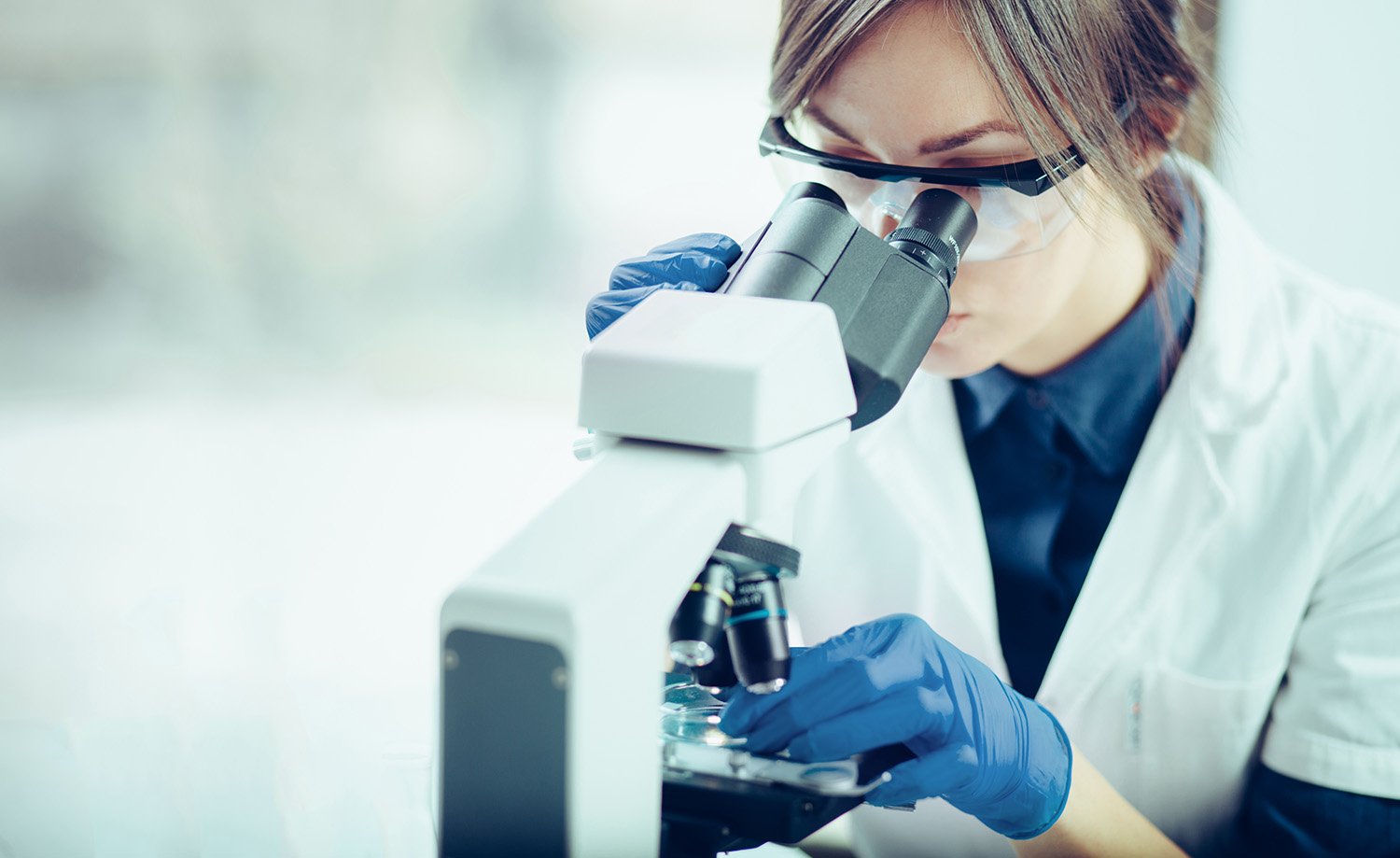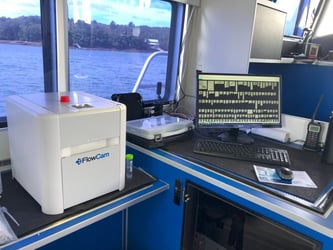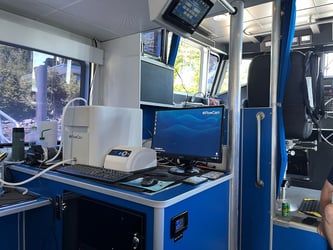Most organizations who are considering the purchase of a FlowCam ask themselves this question: how does the FlowCam compare to traditional light microscopy? They know that using a FlowCam is faster than using a microscope, and it's possible to produce larger amounts of data, but is the FlowCam as accurate?
Can it correctly calculate biomass, biovolume, and identify organisms? We don't want you to take our word for it, so we have gathered a selection of published studies that explore this very question. Please enjoy these summaries, and feel free to contact us for access to the full papers.
Feasibility Study for Early Warning Systems for Algae-Induced Tastes and Odors - Final Report
Arizona State University (2009)
P. Tarrant, T. Sawyer, R. Mestek, S. Neuer
High-resolution imaging particle analysis of freshwater cyanobacterial blooms
Limnol. Oceanogr.: Methods (2018)
M.D. Graham, J. Cook, J. Graydon, K. Kinniburgh, H. Nelson, S. Pilieci, R.D. Vinebrooke
Comparison of FlowCam and microscope biovolume measurements for a diverse freshwater phytoplankton community
Journal of Plankton Research (2019)
A.R. Hrycik, A. Shambaugh, J.D. Stockwell
Comparison of microscopy to a semiautomated method (FlowCam) for characterization of individual-, population-, and community-level measurements of zooplankton
Hydrobiologia (2019)
T. Detmer, K. Broadway, C. Potter, S. Collins, J. Parkos, D. Wahl
Impacts of the 2014 severe drought on the Microcystis bloom in San Francisco Estuary
Harmful Algae 63 (2017)
P.W. Lehman, T. Kurobe, S. Lesmeister, D. Baxa, A. Tung, S.J. Teh
Zooplankton biodiversity monitoring in polluted freshwater ecosystems: A technical review
Indian Journal of Geo Marine Sciences, Vol. 46 (07), July 2017
C. Karnan, R. Jyothibabu, T.M. Manoj Kumar, L. Jagadeesan & N. Arunpandi












